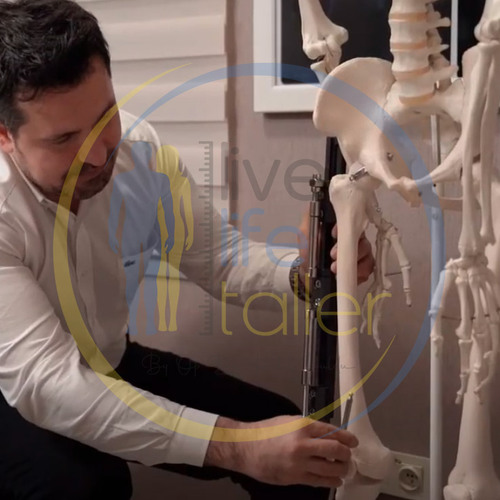Table of Contents
ToggleWhat are the Risks and Side Effects of Limb Lengthening Surgery?
Limb lengthening surgery is a complex procedure that can have life-changing results for those seeking to increase their height. However, like any major surgery, there are limb lengthening surgery risks that need to be considered. While the procedure is generally safe when performed by experienced surgeons, it’s essential to understand the potential complications, including the risk of infection, bone healing issues, and prolonged pain. Being informed about these risks can help you make the best decision for your health and recovery.
What Are the Risks of Limb Lengthening Surgery?
The risks of limb lengthening surgery vary depending on individual health conditions and the surgical technique used. While many patients undergo successful procedures, there are certain height lengthening surgery risks that are associated with any limb extension procedure. Some risks are minor, but others can lead to more serious complications if not addressed promptly.
What Is the Risk of Infection After Surgery?
Infection is one of the primary complications of limb lengthening surgery. It can occur around the surgical incision or the device used to lengthen the bone. This risk can be minimized through proper wound care and following post-operative instructions carefully. In some cases, antibiotics may be required to treat infections, but in severe cases, additional surgery might be necessary to remove the infection.
What Are the Potential Problems with Bone Healing?
Bone healing issues are another significant limb lengthening surgery risk. In some cases, bones may heal too slowly, or the new bone might not form properly, leading to a condition called “nonunion.” This can prolong the healing process and may require additional surgeries or interventions. Regular follow-up appointments are essential to monitor the progress and address any leg lengthening surgery risks related to bone healing early.
How Long Does Pain Last After Limb Lengthening Surgery?
Pain is a common side effect following limb lengthening surgery. While pain management medications are typically prescribed to ease discomfort, some patients may experience prolonged or chronic pain due to nerve irritation or muscle stiffness. In most cases, pain gradually subsides as the bone heals, but it’s important to communicate with your surgeon if it becomes severe or persistent.
What Are the Side Effects of Limb Lengthening Surgery?
In addition to the risks, there are also limb lengthening surgery side effects that patients should be aware of. These side effects can include swelling, bruising, and stiffness in the muscles surrounding the lengthened bone. Joint stiffness is particularly common and may require physical therapy to restore full mobility. Another possible side effect is uneven bone growth, which can lead to an imbalance in leg length, though this is rare when the procedure is done correctly.
What Is the Recovery Process Like After Limb Lengthening Surgery?
Recovery from limb lengthening surgery is a gradual process, and the length of time depends on the extent of the surgery and the patient’s overall health. Patients need to follow a structured rehabilitation plan, which includes physical therapy to regain strength and flexibility. The risk of complications can be minimized with proper care during this recovery period. Although the leg lengthening surgery risks are real, a successful outcome is achievable with the right post-operative care and guidance from a skilled medical team.


